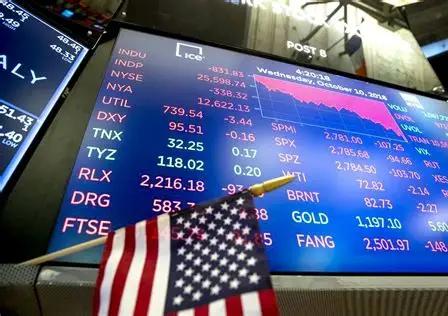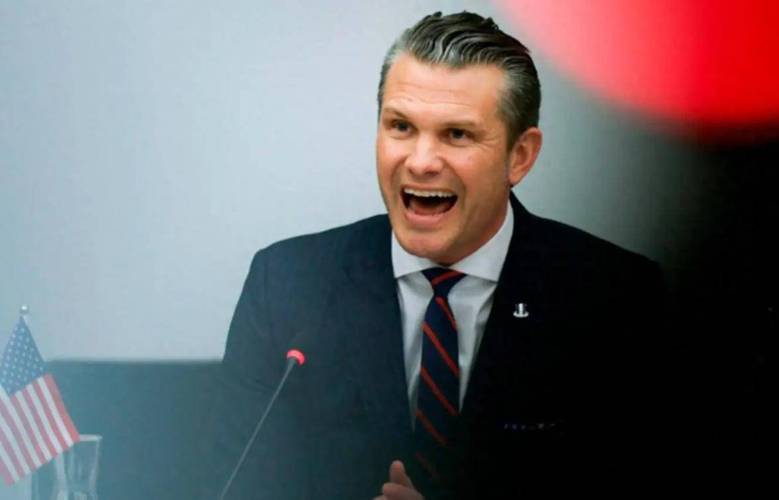
Recently, the U.S. stock market has experienced a thrilling roller-coaster ride. On November 20, 2025, after a strong morning rally, the three major U.S. stock indices reversed course across the board and closed sharply lower. Among them, the Nasdaq Composite Index plummeted by 2.15%, while the Dow Jones Industrial Average swung violently by over 1,000 points intraday. This dramatic reversal was not triggered by a single factor, but rather the combined effect of hawkish remarks from the Federal Reserve (Fed), concerns over the artificial intelligence (AI) bubble, and conflicting economic data.
In this U.S. stock market slump, technology stocks were hit the hardest. After NVIDIA released better-than-expected earnings, its stock price staged a reversal—surging by 5% at one point before closing down 3.15%, with its market value evaporating by approximately $142.9 billion in a single day. This sell-off quickly spread to the entire technology sector: the Philadelphia Semiconductor Index plummeted by 4.77%, AMD dropped by over 7%, and Tesla and Amazon fell by more than 2%. Michael Burry, known as the "Big Short," even openly criticized the AI bubble, pointing out that many companies have questionable revenue recognition issues and that real end-user demand is extremely limited. These phenomena collectively reflect the market’s deep concerns about the sustainability of AI-driven rallies. Although NVIDIA CEO Jensen Huang tried to ease market doubts during the earnings call, investors were clearly more focused on whether these massive investments would generate actual returns in one or two years.
Another key factor triggering market panic was the recent concentrated hawkish comments from Fed officials. Loretta Mester, President of the Federal Reserve Bank of Cleveland, explicitly opposed further interest rate cuts, warning: "Given that inflation remains above the Fed’s 2% target, cutting interest rates to support the labor market could prolong the period of high inflation and may also stimulate risk appetite in financial markets." Her views were echoed by several colleagues. Austan Goolsbee, President of the Federal Reserve Bank of Chicago, expressed unease about a rate cut in December, noting that progress on inflation "seems to have stalled and even sent warning signs of moving in the wrong direction." Fed Governor Michael Barr also voiced similar concerns, emphasizing the need to remain vigilant against inflation. This unified hawkish stance quickly cooled market expectations for a December rate cut. According to the CME FedWatch Tool, the probability of the Fed cutting interest rates by 25 basis points in December has dropped to 29.8%.
Behind the U.S. stock market crash, the Fed’s warning about financial stability risks also deserves attention. Lisa Cook, Chair of the Federal Reserve Board’s Financial Stability Committee, recently identified three major financial risks: overvalued assets, the expansion and complexity of the private credit market, and the risk that hedge funds could disrupt the functioning of the Treasury market. She specifically mentioned that the size of private credit has roughly doubled in the past five years, while the proportion of Treasury bonds held by hedge funds has risen from approximately 4.6% in the first quarter of 2021 to 10.3% in the first quarter of this year. President Mester also cited "loose financial conditions" as one of the reasons for opposing rate cuts, arguing that rising stock prices and loose credit conditions have created a fairly accommodative financial environment. These remarks indicate that the Fed is closely monitoring the risk of a sharp decline in asset prices and incorporating it into its considerations for interest rate cut decisions.
The delayed release of U.S. nonfarm payroll data for September added further uncertainty to the market. The data showed that U.S. nonfarm payroll employment increased by 119,000 in September (after seasonal adjustment), far exceeding the expected 50,000. However, the unemployment rate rose to 4.4%, reaching its highest level since October 2021. This mixed report has complicated the Fed’s policy decisions: strong job growth may ease concerns about an economic recession, but the rising unemployment rate suggests insufficient economic momentum. Economists at Morgan Stanley stated that the slowdown in employment during the summer may have exaggerated the degree of weakness, and as a result, they no longer expect the Fed to cut interest rates in December. Such conflicting signals have made it difficult for the market to judge the true state of the economy, exacerbating investor confusion.
Overall, the recent sharp decline in U.S. stocks is not accidental; it is a comprehensive reaction to market concerns over the AI bubble, the Fed’s hawkish stance, and complex economic signals. The Fed officials’ warnings about overvalued assets, coupled with their cautious attitude toward interest rate cuts, have created an environment of uncertainty that has shaken investor confidence.
The future direction of the market will depend on the actual realization of corporate profits, the sustained decline in inflation, and the delicate balance of Fed policy. In the current environment, investors need to maintain a clear mind and recognize that even innovative technologies with seemingly boundless prospects must undergo the test of commercial value and actual returns.

U.S. Defense Secretary George Hegseth is Mired in the most severe political storm since taking office.
U.S. Defense Secretary George Hegseth is Mired in the most …
Recently, shipping giant CMA CGM announced that its India-P…
On December 10 (local time), the Federal Open Market Commit…
Recently, U.S. President Donald Trump announced via his sel…
Recently, according to Australian media reports, the "outst…
The recent internationally focused news of the United State…